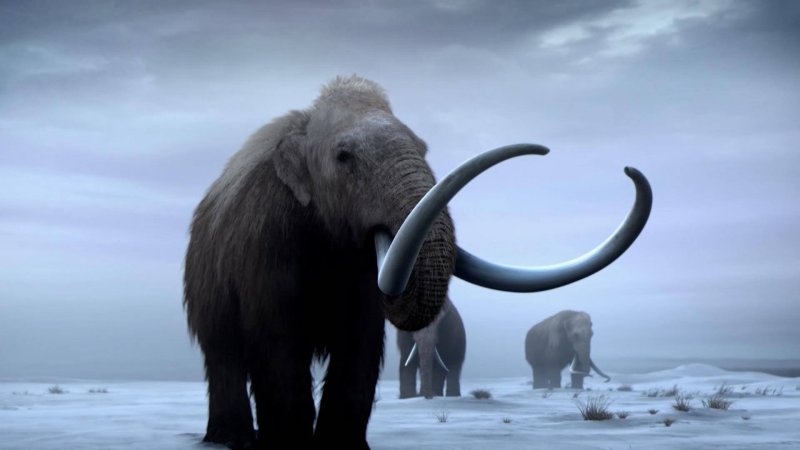Bringing an extinct species back to life was once firmly in the realm of science fiction, but as genetic engineering advances rapidly, the prospect of a woolly mammoth again breathing and walking on Earth seems almost within reach. Before fully resurrecting the mammoth, synthetic biologists at the Revive and Restore project are working to resuscitate pieces of ancient genomes with the goal of mixing them with the DNA of living species (Asian elephants—their closest living relatives) in an attempt to create “proxy species”—animals that display the traits of the ancient original.
The end goal, they say, is to populate the tundra region of Siberia known as the “mammoth steppe” with a herd of as-close-to-mammoth-as-possible animals, using them to bring the ecosystem back to its pre-extinction existence. This, naturally, has brought up some ethical dilemmas.
…
While the scientists undertaking the research see it as a way to restore a ruined ecosystem, detractors see the process as unnatural and even an unnecessary show of scientific hubris.
…
Despite the controversy at the center of de-extinction, the science, for now, is pressing on full steam ahead.
Read full, original post: Scientists Could Soon Resurrect the Woolly Mammoth—but Should They?































